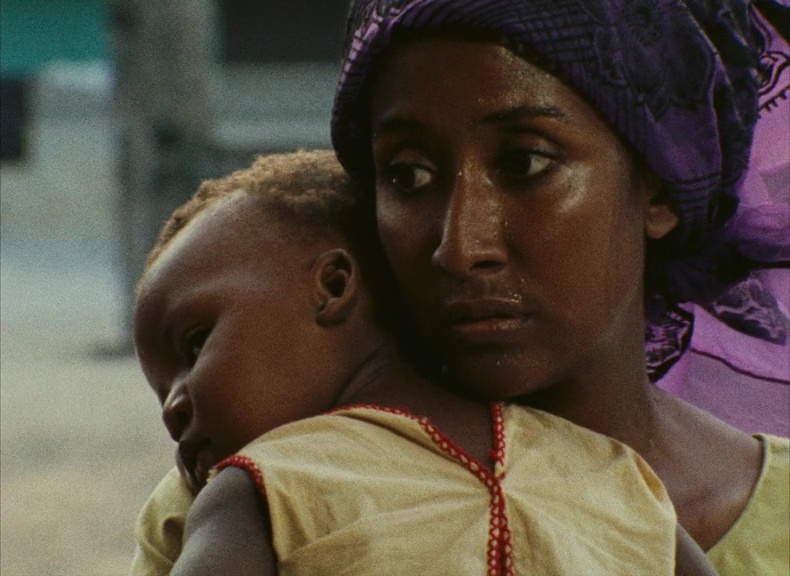State of Cinema 2023
When I accepted Sabzian’s invitation to write a text about the state of cinema, and what it could or should represent today, I wasn’t prepared for the feverish state in which such an exercise would plunge me. Not being a film critic, but instead preoccupied by my own concerns – only conceiving of cinema out of my need to make it, from the particular place I occupy – I realised that it was impossible to come up with a narrative that might purport to speak for, or in the name of, everyone.
Besides, one would need to be properly clairvoyant, or even have the quasi-magical gift of omnipresence, to be able to encompass all the spheres of contemporary cinema.
It’s commonly agreed that there is no one cinema. Or perhaps it’s better to say that the cinema that most interests me is one that is made every day far from the blinding light of centres of power, far from the places where laws are laid down, and where people sometimes claim to know what must be said and done or how it should be said and done.
The cinema that has always interested me the most and which nourishes me is a cinema which takes its time and makes you wait. It’s one that is generally created in the shadows, on the margins, on the world’s periphery; it’s a cinema that we will perhaps discover in 10, 20 or even 30 years and which will probably capture our era better than anything we were able to glimpse at the time.
A few years ago, I had an enlightening experience at the cinema when I came across Sarah Maldoror’s first film. I wanted to discover the work of this French filmmaker I’d heard little about before then in the best possible conditions. So I was alone for this private screening held in the main room of a Parisian cinema. It was an unrestored copy of her debut, Monangambé – one of the first films made in Africa, and tackling the subject of torture from the stance of an activist engaged in the fight for liberation.
Experiencing the film in this unrestored version was frustrating but at the same time fascinating, because it almost seemed to accentuate its spectral beauty. The image was almost blurred at times, even on the verge of disappearing in certain sequences. I had to listen carefully to catch the snippets of a dialogue spoken by the main character in an oh-so-poetic accent. The long-awaited voice of a black man, filmed in close-up, launching an assault on the colonial system, at a time when having the audacity to publicly state the right of colonised peoples to self-determination was almost a crime, was practically reduced to silence in this unrestored copy.
All the same, even with its holes I was struck by the beauty of this film I was coming across almost half a century after its release. As I realised then, it was a film that I had been waiting for. I who had studied History and only experienced cinema from the point of view of the white man – that’s to say the one who traditionally held the monopoly on narrative – was FINALLY discovering a film by a woman, and a black woman, who was recounting History from a new perspective and from a place where cinema had scarcely ventured until then. After Monangambé, I was able to watch all of Sarah Maldoror’s work. Her daughter’s tenacity, relentlessness and determination to honour her mother’s memory and promote her work worldwide makes her a little more accessible to us today. Because of it we can assess, with frustration, sadness and delay, what she’s given us, and unquestionably given the cinema.
I tell myself that this is undoubtedly the best thing that the cinema of today can do: continue to forge new paths, while journeying back in time to discover, honour, cherish and learn from all those that we failed to see clearly during their lifetimes.
In the interest of my own cinema, it is a mission that I set myself: to stand on the shoulders of all those who have stood here before me and to try, thanks to them, to see further ahead.

Every year, Sabzian asks a guest to write a State of Cinema, and to choose a film that connects to it. This way, once a year, the art of film is held against the light, an invitation to reflect on what cinema means, could or should mean today. On 7 December, Sabzian and Bozar welcomed French filmmaker Alice Diop for the State of Cinema 2023. She chose the film Sambizanga (1972) by Sarah Maldoror to accompany her State of Cinema address. Her speech was followed by a conversation with Annouchka de Andrade.

